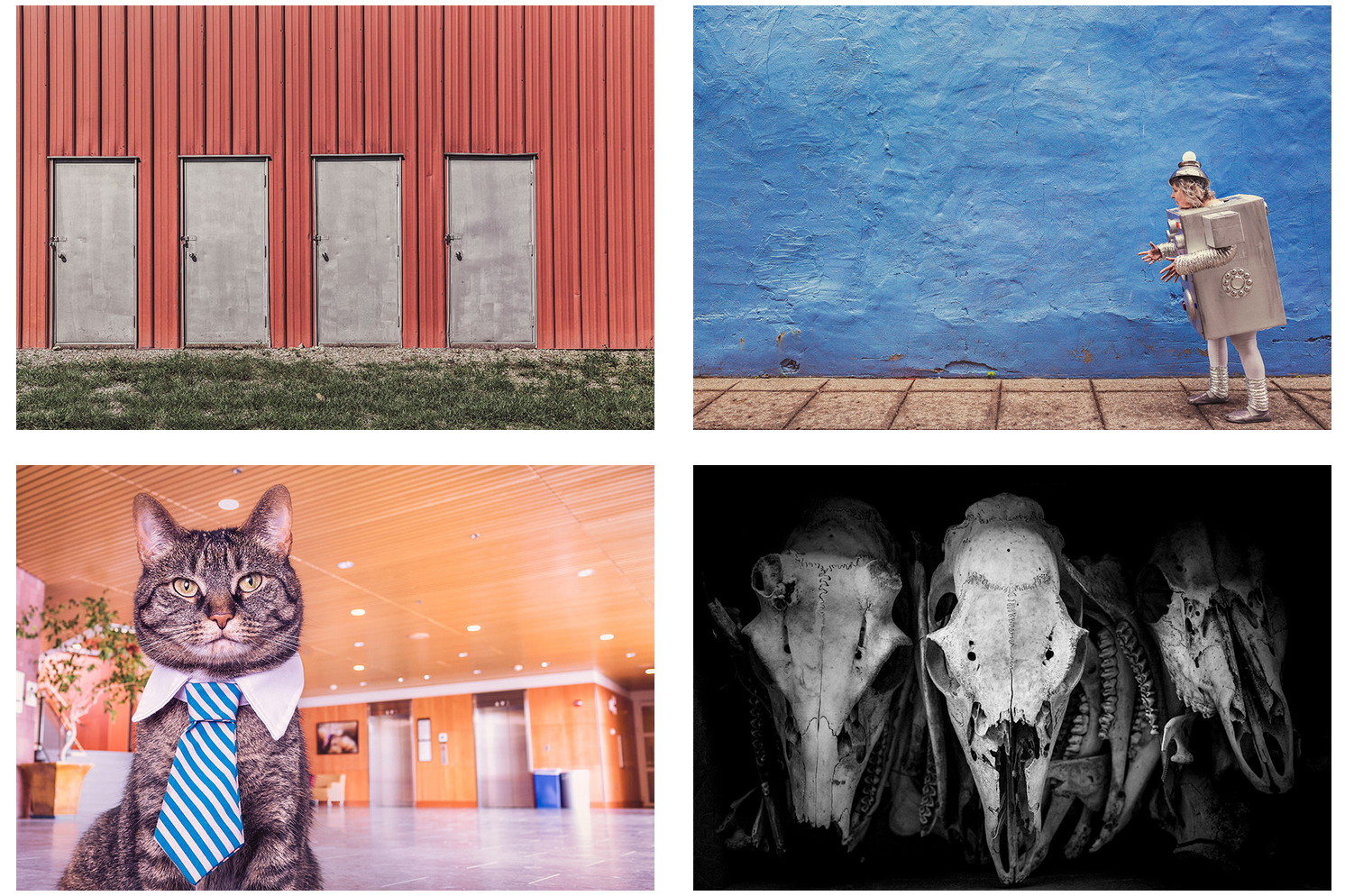The old ‘customer’ debate reared it’s head again recently, with an article in Library Journal asking why academic librarians have such a problem with the word.
I tweeted about it, rather flippantly:
Glad you asked, Steve!
— Ned Potter (@ned_potter) July 26, 2019
There are many reasons but foremost among them is, we don’t want our users to see *themselves* as customers.
A customer only needs the library to work for *them* but a community of users wants it work for all.
Happy to help.https://t.co/w1WE3TNW8y pic.twitter.com/q8eXyO2fIR
… but then I decided what I should have done is write an actual rebuttal, a little less facetiously phrased, in Library Journal itself. Then maybe some of the people swayed by Steven Bell’s pro-customer stance might be re-swayed by my arguments against it.
I recently used all these arguments to change something at my place of work. I have a new part to my role, to co-lead the Customer Engagement programme at the Library and I argued, with some support from a couple of colleagues, that this programme should in fact be called Community Engagement instead. To my delight this worked and I am now the co-lead for the Community Engagement Programme. I was grateful that the relevant people were flexible enough to listen and make the change, and it reminded me that making even relatively small headway on important issues is always worth trying to do.
Anyway, I used to write a column for LJ so I looked up their staff list to see whether anyone I dealt with back then was still there, and one person was, so I pitched the article and got asked to write 800 words - which I did and which, I just remembered two months later, Library Journal have not published. I sent a chaser a while back and a reply was promised but I’ve not heard anything either way…
But still want it out there in the world. I believe very strongly in the arguments against using the word ‘customer’ so: here is what I wrote.
I’ve been in librarianship for 13 years now and there’s never not been a time when we’ve been debating how to refer to the people who user our libraries. I hate getting bogged down in semantics, when there are so many more urgent problems to address than sobriquets. But this particular hill is worth dying on, because language matters so much. It shapes not just the way we see people, but the way they see themselves.
In his July column Steven Bell asks us why academic librarians have such a problem with referring to its faculty and students as ‘customers’. I don’t buy his arguments that this stems from some sort of elitism, but I certainly used to share the view that customer is the right word to use. It was forward-thinking, I thought. It reflected our commitment to customer service, I thought. I was struck by Helene Blowers’ argument, 11 years ago now, that patrons support institutions whereas institutions support customers, which is the way round it should be in libraries. And I thought the warnings from the anti-customer brigade, that this was the thin end of the wedge of the monetisation of HE, were over the top.
Well, I was wrong.
There are more reasons not to call our users ‘customers’ than can I can fit into 800 words so let me start with what I think is the most important one. When we call people customers, they see themselves as customers – and if I’m your library’s customer I need your library to work for me. For me specifically. I want you to meet all of my requirements even if this creates inequalities with my peers because I, the customer, am right.
This is instantly at odds with the ethos we try and create in academic libraries, which is one of community. While a customer needs the library to work for them, an academic community of library users needs it to work for everyone. Indeed, they need to actively contribute to that process of successfully sharing community space, using community resources, and working towards community ideals. That alone is a good enough reason not to call our users customers.
Then there’s the fact that they don’t like it. Our students and faculty don’t want to be reduced to a transaction to be completed, and it’s important to note we can nevertheless be extremely attentive to their needs and offer an extremely high level of service. The ‘strong, customer-focused service model’ Steven calls for is still possible without actually casting our users as customers with the consumerist mind-set this implies.
The language we use helps frame Higher Education, and it is increasingly economic. The Vice-Chancellor of Cambridge University, no less, referred to this recently, saying: “Reducing students to mere consumers makes sense only if the value of universities is simply economic. That would be a fundamental error.” University is about so much more than the degree you get at the end of it, and yet with the marketization of HE more and more students see themselves as buying a product: it becomes all about the outcome at the expense of the experience. If we are to resist being swamped by consumerist ideology in our Universities, if we are to do our best to stop information becoming completely commodified (and much brighter minds than mine have written about this), then the language we use needs to be chosen carefully.
The obvious question at this point, then, is: so what DO we call the people using our libraries, then? Patrons, Members and Users all have their flaws as terms – personally I favour the latter, but it’s not ideal. The trouble is, there is no ideal term; I’ve heard ‘there’s no perfect word so why not just choose customer’ advanced as an argument, and I strongly disagree with this. Just because we can’t find the ideal solution, doesn’t mean we should sleep-walk towards the worst one. Recent political events in the US and the UK should have taught us that if nothing else.
The word ‘customer’ in higher education is insidious. The users themselves don’t like it. It helps frame education as a purely transactional experience. And it celebrates the cult of the individual: “Prioritising people’s individual demands risks intensifying inequalities in access to services, and in generating collectively undesirable outcomes,” as Catherine Needham puts it.
So please can we ditch ‘customer’? The real C-word should Community; let’s focus on that.











